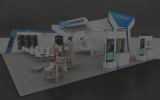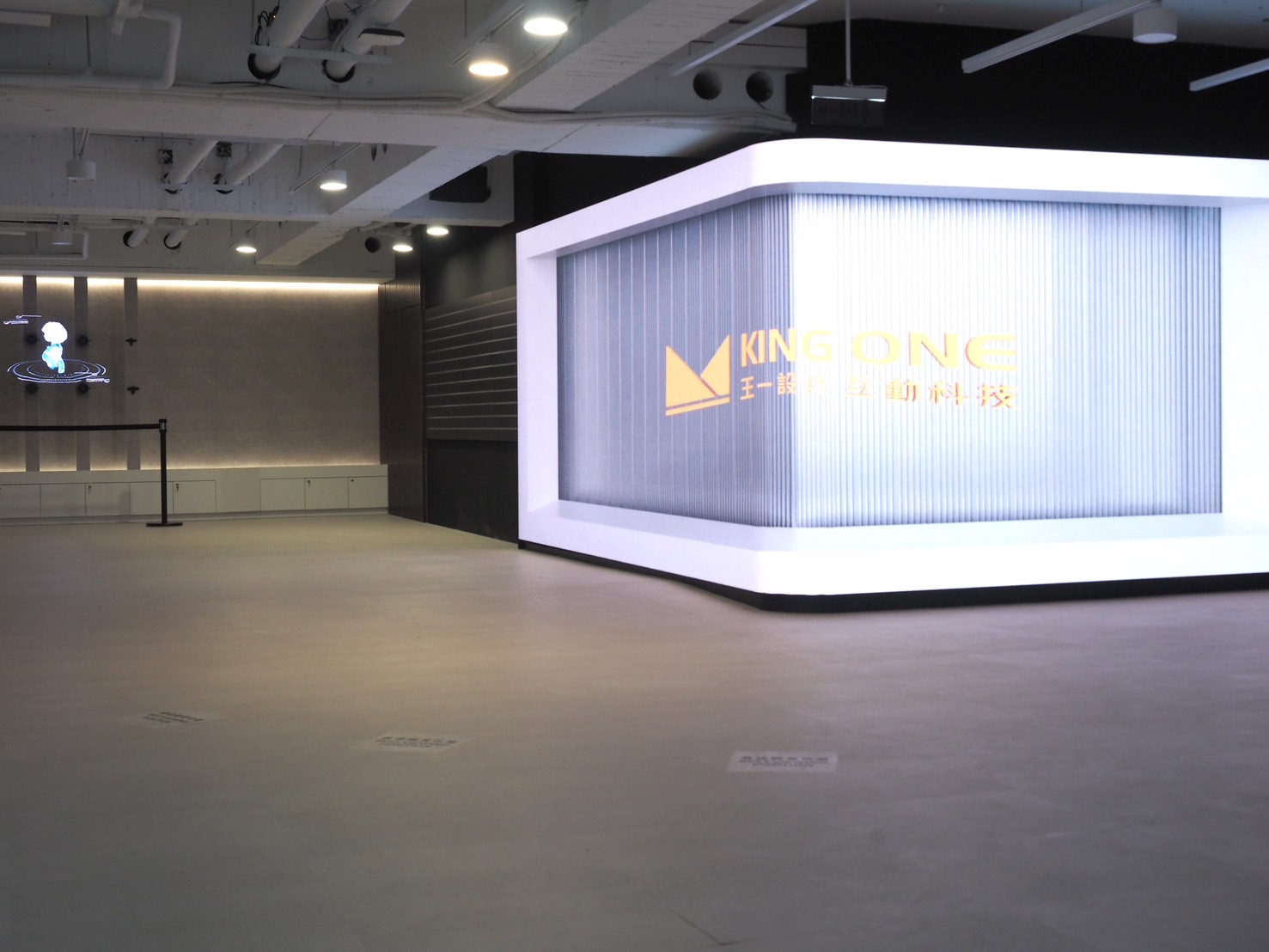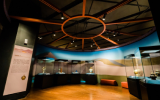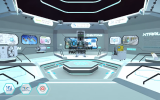From AR to XR: Emerging Trends in Immersive XR Interaction and Exhibition Curation for 2026
Catalog
- Immersive XR: Opening the Future of Experiential Marketing
- Introduction to XR Technology: From AR Overlay to Immersive Experiences
- From 2D to 3D: Design Strategies for Immersive Interactive Exhibitions
- Outstanding XR Examples: How XR Interactivity and Immersive Exhibitions Boost Engagement
- The Natural History Museum, London: Visions of Nature Exhibition
- KHI IDEAS: Indigenous Culture XR Treasure Hunt
- Geothermal Education Center: Immersive Subterranean Knowledge Exploration with AR Interaction
- Conclusion: From Interactivity to Assetization – New Strategies for Immersive XR Exhibitions
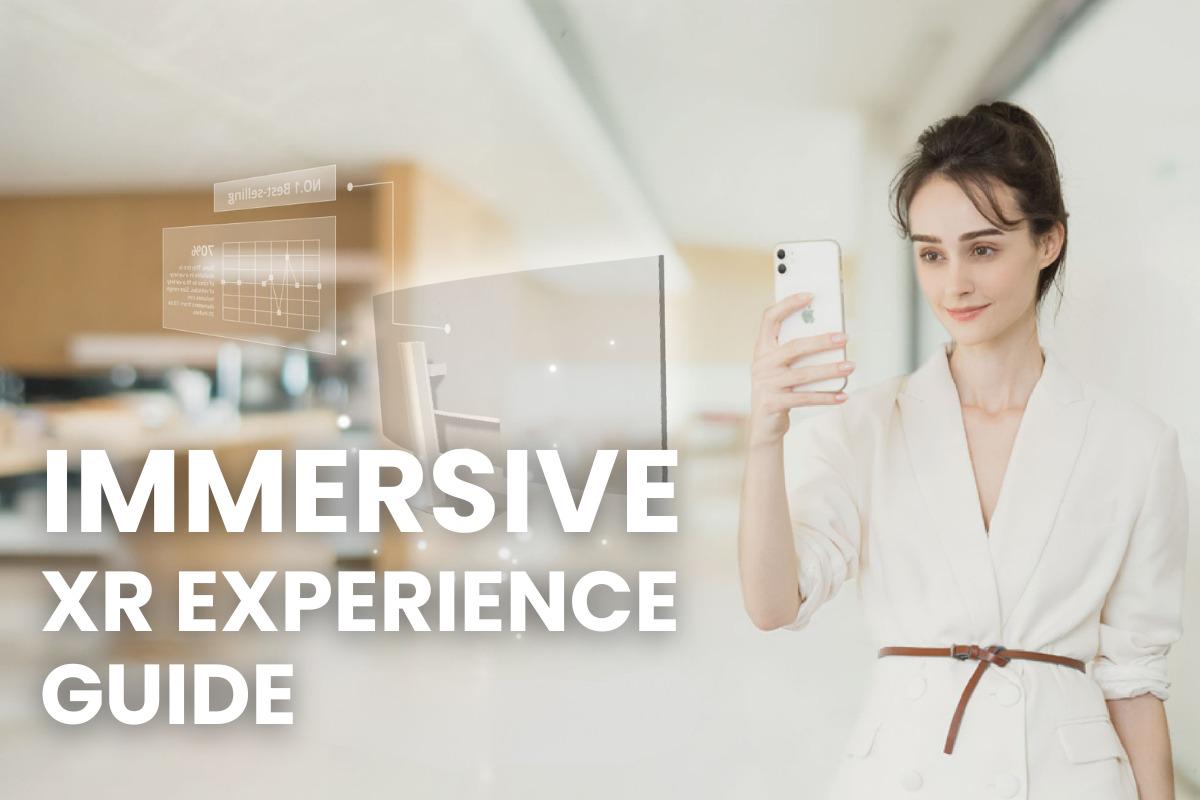
Immersive XR: Opening the Future of Experiential Marketing
With the rapid advancement of technology, exhibitions and experiential marketing have entered a new era of transformation! Audiences are no longer satisfied with static displays or text-based explanations—they now seek participation, interaction, and the ability to extend their on-site experiences into online platforms.
The rise of XR (Extended Reality) technology has made it possible to upgrade exhibitions from flat presentations to immersive, interactive experiences, allowing visitors not only to see but to feel, explore, engage, and share. At the same time, the growing maturity of digital assetization enables exhibition content to transcend physical boundaries, evolving into long-term cultural and commercial assets across platforms.
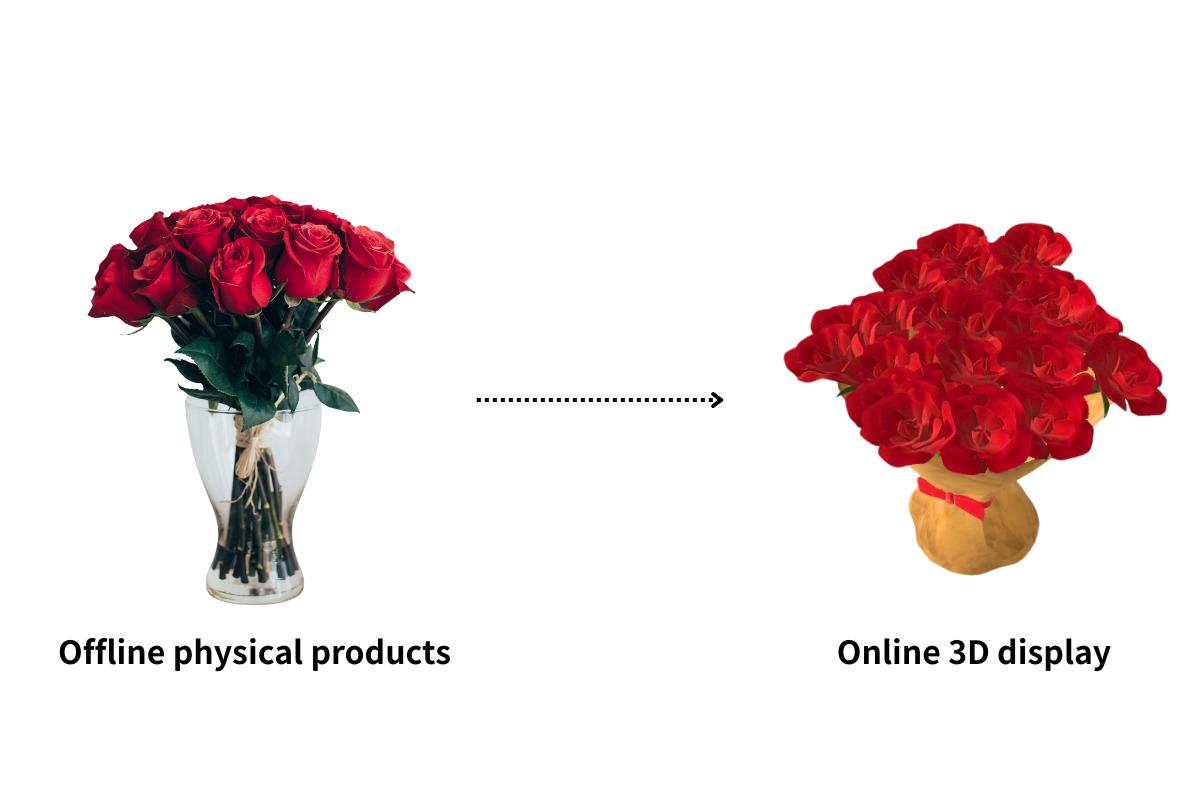
Image source: King One Design
In this new era, the integration of XR interactivity with experiential marketing has become a core strategy for brands, museums, educational institutions, and cultural organizations to enhance audience engagement. This article will explore how to leverage XR technology and digital assetization to design exhibitions, share successful case studies, and analyze exhibition trends for 2025.
“When exhibitions shift from mere display to interactive exploration, immersive experiences become the core strategy for creating moments of surprise. From AR to XR, exhibitions are no longer just one-way information delivery—they transform into interactive journeys that fully engage the audience.”
Introduction to XR Technology: From AR Overlay to Immersive Experiences
Augmented Reality (AR) is the entry point to XR applications, allowing digital information to be overlaid onto the real world. Visitors can use their smartphones or tablets to scan exhibits and view text descriptions, images, videos, or even 3D models. The advantage of AR lies in its low barrier to entry and quick deployment—almost no large-scale hardware is required, yet it instantly enhances interactivity. For curators, AR serves as the perfect gateway to engage audiences.
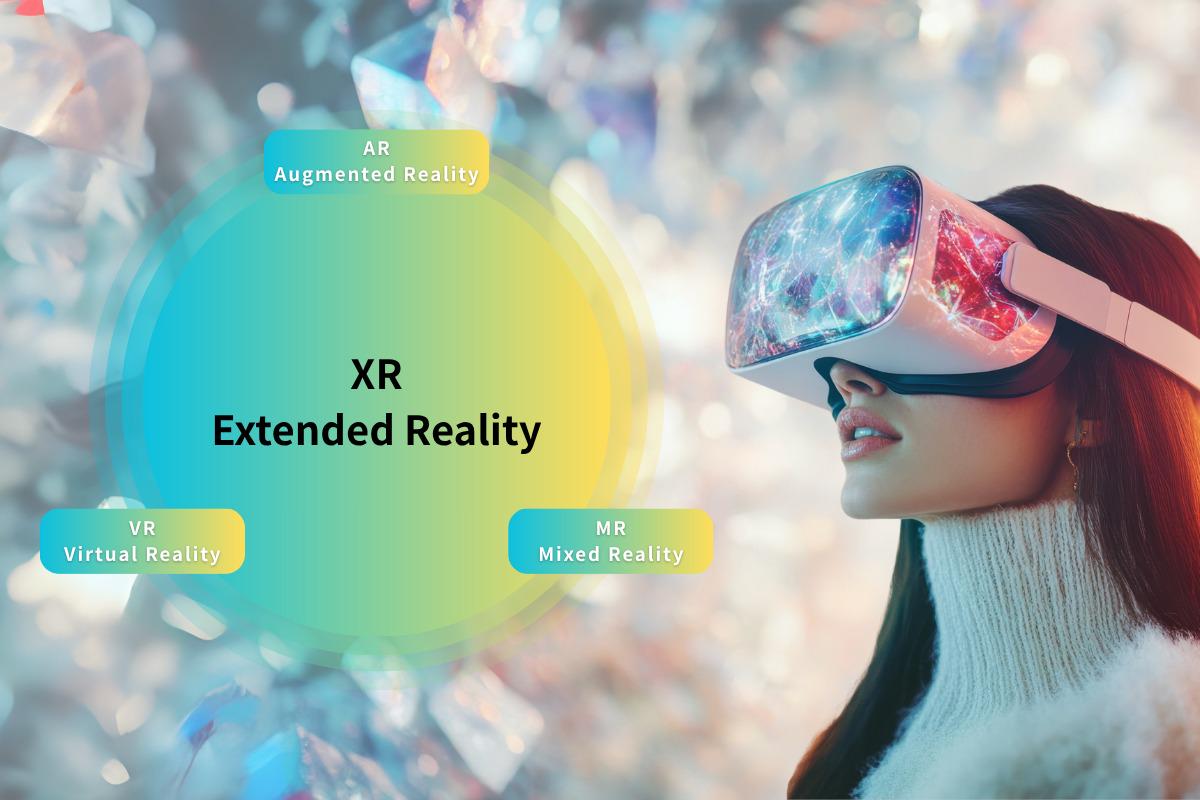
Image source: King One Design
XR, as an umbrella term, encompasses AR, VR (Virtual Reality), and MR (Mixed Reality), representing the full spectrum of “virtual-real integration” possibilities:
VR (Virtual Reality): Audiences are fully immersed in a digital world, ideal for recreating large-scale scenes or content that cannot be physically displayed.
MR (Mixed Reality): Virtual objects interact with the real world—for example, combining virtual artifacts with physical settings to create deeper educational experiences.
For exhibitions, XR transforms audiences from merely viewing to participating, and eventually to sharing, forming a complete interactive cycle. This gradual, layered design strategy is not only practical but also highly scalable, suitable for exhibitions of varying sizes and objectives.
From 2D to 3D: Design Strategies for Immersive Interactive Exhibitions
To create a sense of awe, exhibitions must move beyond flat, static information and embrace three-dimensional interactivity. Here are four key design strategies:
⭐ Immediate Visual Impact
Capture the audience’s attention instantly with projections, immersive lighting, and large-scale interactive walls, sparking curiosity and the desire to explore.
⭐ Gamified Exploration
Break down exhibition content into chapters or tasks, requiring visitors to complete interactive challenges to unlock experiences, increasing dwell time and engagement.
⭐ Multi-Sensory Engagement
Integrate sound, touch, lighting, AR overlays, and interactive devices to transform “seeing” into “feeling.” For example, the Yilan Geothermal Education Center uses sound, light, and tactile installations to make abstract knowledge tangible.
⭐ Digital Assetization
Digitize and modularize exhibition materials—3D models, videos, animations—so they can be repurposed across platforms, such as online galleries or social media, extending the exhibition’s impact.
Outstanding XR Examples: How XR Interactivity and Immersive Exhibitions Boost Engagement
The Natural History Museum, London: Visions of Nature Exhibition
The Natural History Museum in London launched Vision of Nature from 2024 to 2025 — a groundbreaking mixed reality (MR) experience that transports visitors through time, from the present day to the distant year 2125.
At the heart of this exhibition is the use of Microsoft HoloLens 2 headsets, which seamlessly blend holographic digital content with the museum’s physical spaces. As visitors move through the real exhibition halls, they see animals, plants, and environments of the future overlaid in 3D, allowing them to witness how species might adapt or evolve in response to climate change.
The goal of Visions of Nature goes beyond showcasing technology—it uses this immersive “preview of the future” to help the public deeply understand the long-term impact of human actions on the planet. The exhibition successfully transforms complex environmental science and species conservation topics into a powerful and educational immersive journey.
KHI IDEAS: Indigenous Culture XR Treasure Hunt
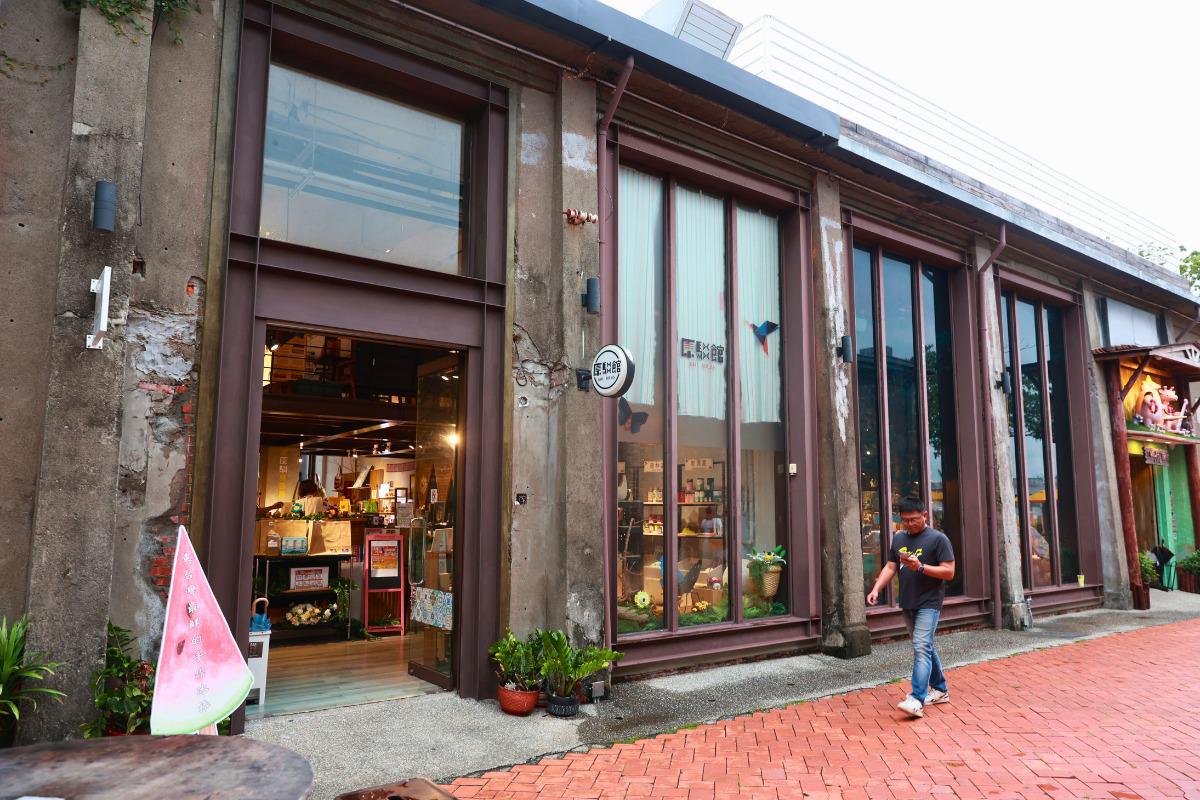
Image source: King One Design
In 2025, KHI IDEAS at Kaohsiung Pier-2 Art Center partnered with L’AiR TAG to introduce an XR immersive tour, successfully elevating the presentation of Taiwan’s Indigenous cultures to a new level. Visitors simply scan L’AiR TAG markers throughout the exhibition to unlock rich multimedia content, interactive maps, and complete stamp-collecting missions to earn rewards.
The application of L’AiR TAG transforms what was once a relatively static cultural exhibition into a tech-enhanced treasure hunt. Through the participatory nature of XR augmented reality, visitors can create personalized exploration paths, turning cultural learning from a one-way reading experience into an engaging journey filled with interactivity and delightful discoveries.
Geothermal Education Center: Immersive Subterranean Knowledge Exploration with AR Interaction
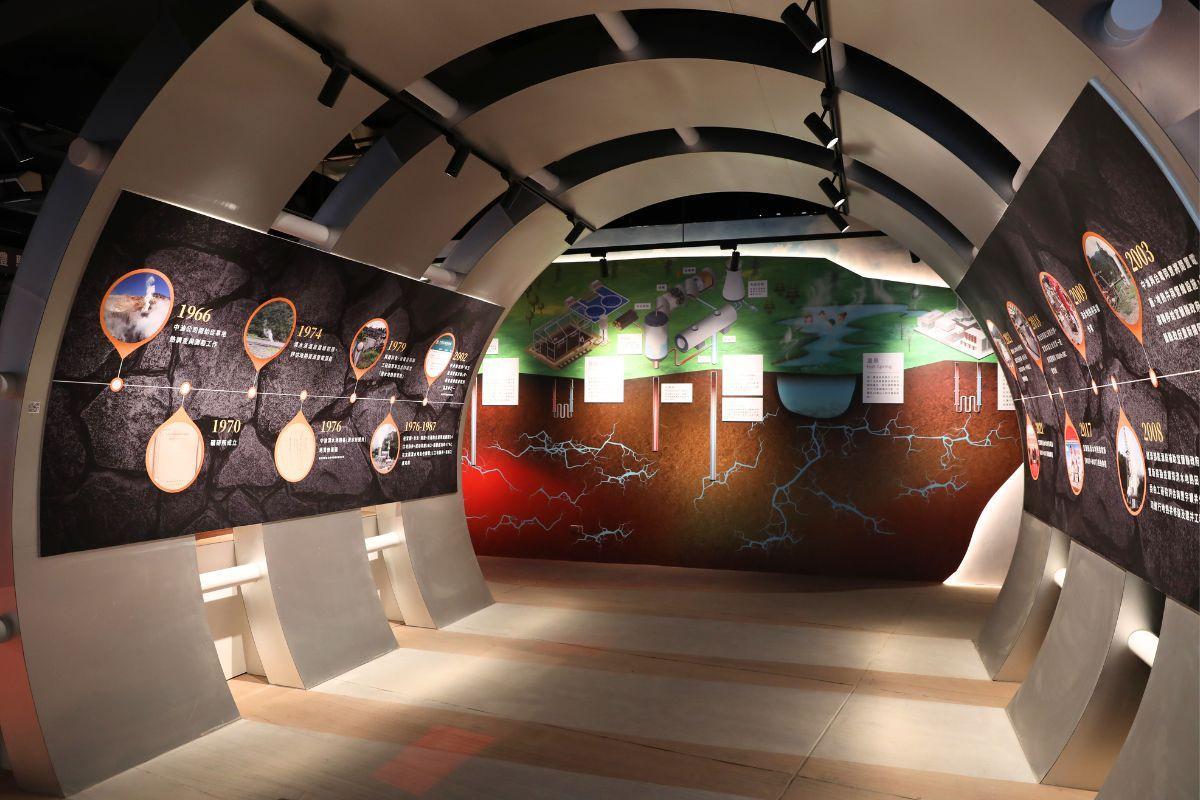
Image source: King One Design
In the case of Fabulous Power's Geothermal Education Center, the exhibition officially opened in January 2024. The design team leveraged digital interactive technologies to create an exhibition environment that feels truly immersive, as if visitors are exploring underground. Beyond the spatial design itself, the dedicated AR guided tour app serves as a key highlight of the experience.
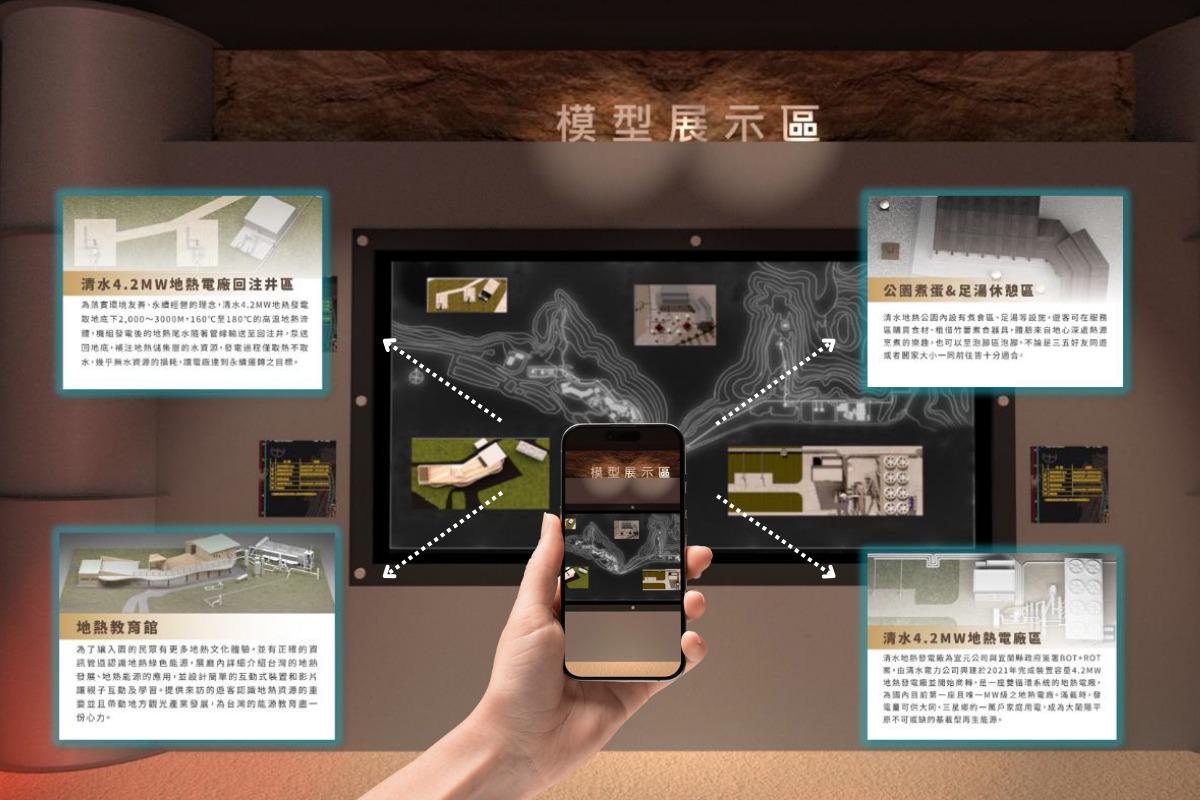
Image source: King One Design
The app integrates contextual equipment displays with AR technology, allowing the complex principles of geothermal power generation to be visualized through 3D models and animations that follow visitors in real time. Visitors can even engage with motion-sensing interactive games, simulating the rotation of a generator, turning what could be a dry renewable energy lesson into an immersive and playful educational experience, setting a new standard for immersive learning in public education spaces.
These cases show that the value of an exhibition lies not only in the on-site wow factor but also in how digital assetization allows content to be extended, repurposed, and transformed into long-term, sustainable assets.
Conclusion: From Interactivity to Assetization – New Strategies for Immersive XR Exhibitions
Looking across applications from AR and VR to MR, XR is not only the perfect entry point for exhibitions but also a key strategy for transforming content into long-lasting assets.
Through the immersive interactivity XR enables, audiences are no longer passive recipients—they become active participants in the story, significantly enhancing educational impact and retention. More importantly, these digitized XR assets—whether AR guided tour apps, VR videos, or MR experiences—can be reused and even become standalone digital products. This shifts an exhibition’s value from a one-time on-site experience to a sustainable, extendable digital asset. Consequently, XR not only enriches the visitor experience but also opens new avenues for exhibition institutions in content assetization and innovative business models.
- 1
6 Different Types of Trade Show Booths You Need to Know
Brand Strategy
- 2
What is CIS? Corporate Identity Design that goes hand in hand with exhibition design
Tech Life & Trends
- 3
How to do commercial space planning? 4 recommended works of commercial space design take you to understand the corporate philosophy
Brand Strategy
- 4
SAVE THIS PAGE! Useful Vocabulary and Sentences for Exhibition Goers and Exhibitors!
Exclusive Perspective
- 5
What you need for Situational Design - 2.5 D
Exclusive Perspective
- 6
3D Logo - The Little Secret in Exhibition Design
Exclusive Perspective


